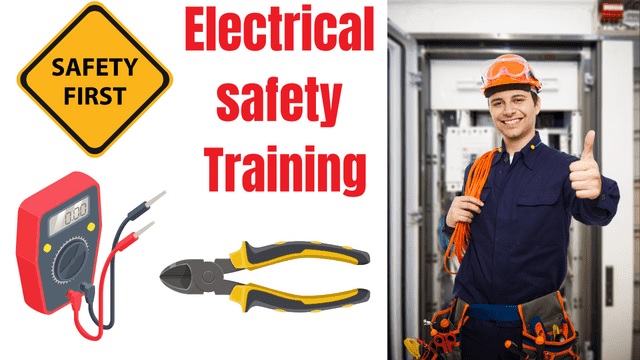Electrical safety is one of the most critical aspects of keeping your workers safe on the job site. This type of training should be implemented anywhere that electrical systems are present. From industrial locations to office environments to restaurants, the hazards associated with electricity require strict adherence to safety protocols and proper training on how to work with and around it.
Safety training is essential to equip employees with the knowledge and skill to deal with issues that can arise when working with this dangerous hazard. Specific education such as arc flash training can teach employees to recognize potential safety concerns, prevent incidents, and respond correctly in an emergency situation. Here are some of the aspects of electrical safety instruction:
Understanding the Basics
Electrical safety training starts with an overview of simple, basic concepts including electrical properties, common dangers, and relevant safety standards and regulations. Those taking classes will be taught about current, voltage, and resistance, as well as the hazards posed by electrocution, electrical fires, and arc flashes. Becoming familiar with modern electrical safety compliance is the first step in creating and fostering a culture of safety in your workplace.
Understanding Risks and Hazards
One of the most important aspects of basic electrical safety training is instructing team members on how to identify potential hazards and properly assess risks. This includes recognizing various unsafe equipment or conditions such as overloaded circuits, damaged or malfunctioning equipment, exposed wires, improper use of electrical devices, and incorrect labeling.
By better understanding the importance of noticing warning signs and performing thorough inspections, workers will be able to reduce those risks and help prevent accidents.
Safe Work Practices
Utilizing the correct procedures when working with or around electricity is crucial to ensuring the well-being of workers and minimizing dangers. This aspect of electrical training includes a range of best practices, among them being the proper use of PPE such as safety glasses, and insulated gloves.
It will also cover things like safe working distances and the proper handling of common tools and materials.
First Aid Techniques and Emergency Response Protocols
Even with the best arc flash training and other electrical safety instructions, accidents can still happen. When they do, it’s imperative that workers know the proper steps to take to aid their injured coworkers as quickly as possible. This area of training usually entails how to deal with electrical shock, electrical fires, arc flashes, and other common situations.
Communication and Reporting Guidelines
Clear communication is critical for having a safe work environment. The importance of proper reporting and documentation of not only recordable incidents but also near misses, as well as potential hazards can be the difference between a close call today and a serious accident tomorrow.
Getting the Right Provider of Electrical Arc Training and Other Safety Courses
The first step in getting your workers educated on the dangers of, as well as the proper techniques for dealing with electricity requires the help of experienced professionals. There are quality online courses that not only provide solid information but also offer hands-on training to allow workers to go through the processes in a safe and risk-free environment.

